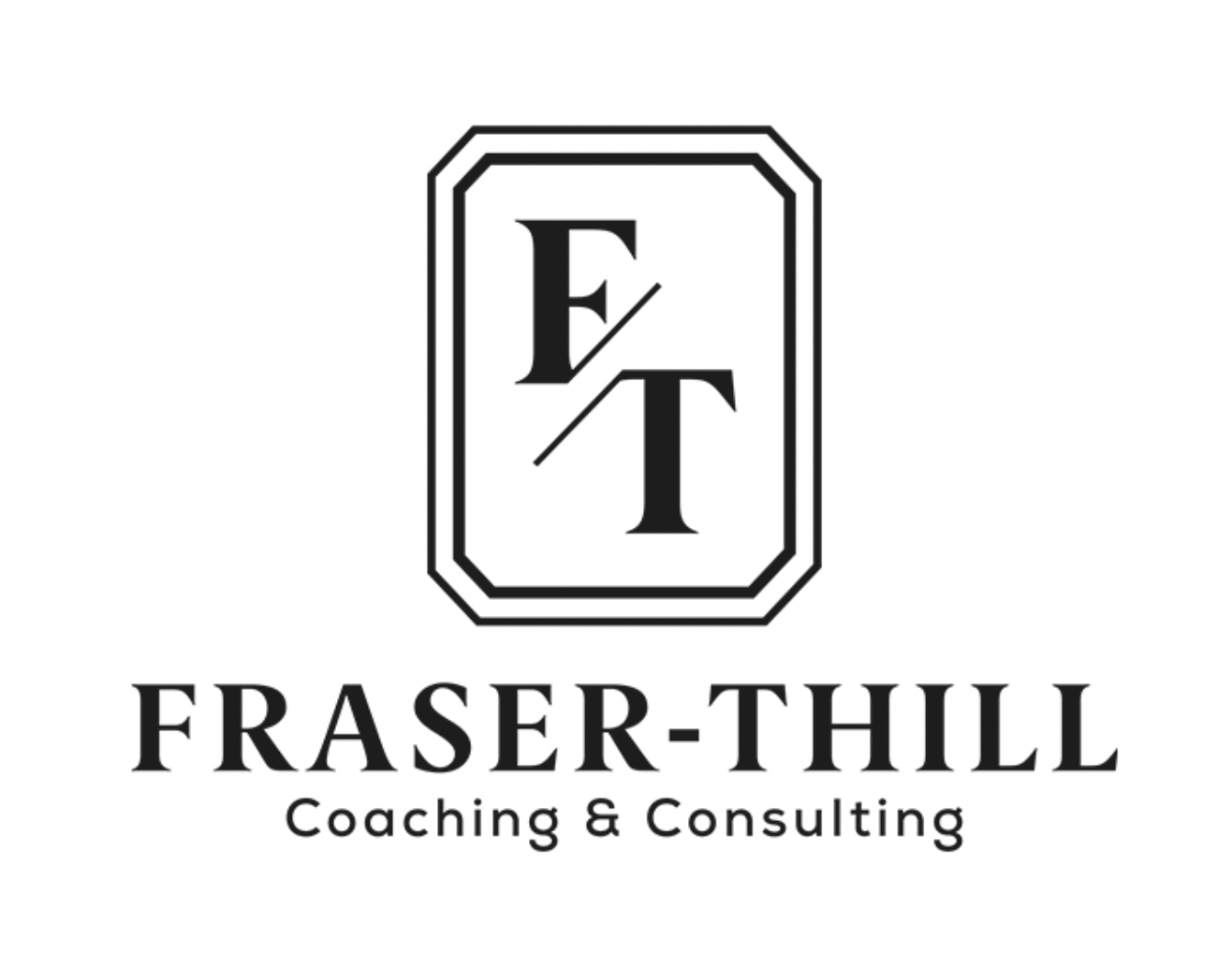My two-year-old daughter's need for creativity overrides her basic needs. She's been known to wake up at one in the morning shouting "I want to do work!" (cute except when you're the one who has to get up with her...) and to refuse dinner in deference to an intense coloring project. The urgent drive to create doesn't go away as we get older, it simply finds different outlets than crayons and scrap paper. And I'm here to argue that its outlet in the twenties is finding yourself.

"Creativity is a central source of meaning in our lives," says psychologist Mihaly Csikszentmihalyi in an article for Psychology Today. He's famous for his research on "flow," which we discussed in our class "Chase Happiness" as one of the bedrocks of lasting contentment.
"Of all human activities, creativity comes closest to providing the fulfillment we all hope to get in our lives," Csikszentmihalyi says. "Call it full-blast living."
As a result of its importance, the creative drive never leaves us. In late childhood it's found in a need to forge and maintain friendships, in early adulthood in the need to find love and create a family (of whatever composition), in middle adulthood in the need to nurture the next generation, and in later adulthood in the need to create one's cohesive life story. These are the psychosocial stages described by psychologist Erik Erikson, and although I've studied and taught them ad nauseum, it wasn't until watching my daughter intently apply stickers to a window pane that I realized that they're truly stages of how we direct our creative energy.
What, according to Erikson, is the direction of creative energy in our late teens and twenties? Identity. Finding ourselves. Figuring out our paths.
In other words, the creative challenge of our twenties is to invent ourselves out of the confusing rubble of our pasts, the shifting dynamics of our present, and the lofty aspirations of our future. Like we said in our last class, we must balance all of these elements and find a way to see ourselves emerge from within the overwhelming, often contradictory blur of information.
It's a lot like reading a Twitter feed and trying to separate the noise from the gems. We each approach this task in varying ways, and we each take a different overriding message from the same feed. So too would we each combine the exact same "life ingredients" to find a different sense of self than would our friends or family. This is why finding yourself is a creative act: there is no one way to do it right and you must experiment in order to find the best solution for you.
Which is, indeed, hard to do. So, in fear of the process, many of us run from the challenge. We try to shove identity development aside, to tell ourselves that it doesn't matter, to convince ourselves it'll work itself out. But I'll tell you this: if you shrink from the creative task of finding yourself, one of three things happen. Or sometimes all three. Which really stinks.
- You'll begin feeling vague, diffuse panic and unrest. Life just never feels settled any more and you simply can't figure out why.
- Other people will begin to define you. Into the vacuum of your identity, the nearest and/or strongest forces will come rushing and you'll be unable to stop them.
- Eventually, the question who am I will overtake your thoughts. This will happen as surely and as urgently as your need for food if you stopped eating for days on end. It will feel insistent and desperate and you'll give anything to have an answer. You may even disrupt your family life and your career and your entire existence in the press to figure it out. Problem is, this might not happen until you're in your late thirties or your forties or even your fifties if you shove off the urge during your twenties, and at those later ages there's a lot of "entire existence" to gamble in the process. Best do the figuring out now, when unsettled is the norm and you have much less to risk.
Convinced? Then we need to figure out how to stop running from ourselves and get constructive. We'll have to save that humongous task for future classes.
A good start, though, is simply embracing your innate need to be creative, and fully accepting that your creative energy is, at least for now, channeled into the task of finding yourself. Once you acknowledge those facts, you can begin to encourage the creative side of you:
Each of us is born with two contradictory sets of instructions: a conservative tendency, made up of instincts for self-preservation, self-aggrandizement, and saving energy, and an expansive tendency made up of instincts for exploring, for enjoying novelty and risk. We need both. But whereas the first tendency requires little encouragement, the second can wilt if it is not cultivated. If too few opportunities for curiosity are available, if too many obstacles are placed in the way of risk and exploration, the motivation to engage in creative behavior is easily extinguished. Sustaining high levels of curiosity is the starting point of creativity. - Vedpuriswar, reviewing Csikszentmihalyi's book Creativity: Flow and the Psychology of Discovery and Invention
In other words, grab your identity crayons and a stack of blank mind space and start scribbling. You need to do this as strongly as does my toddler daughter with her literal crayons. Just, please, not at one in the morning.
Class Assignment:
Where are your identity crayons? (Photo credit: dyetochange)
Too much information!

